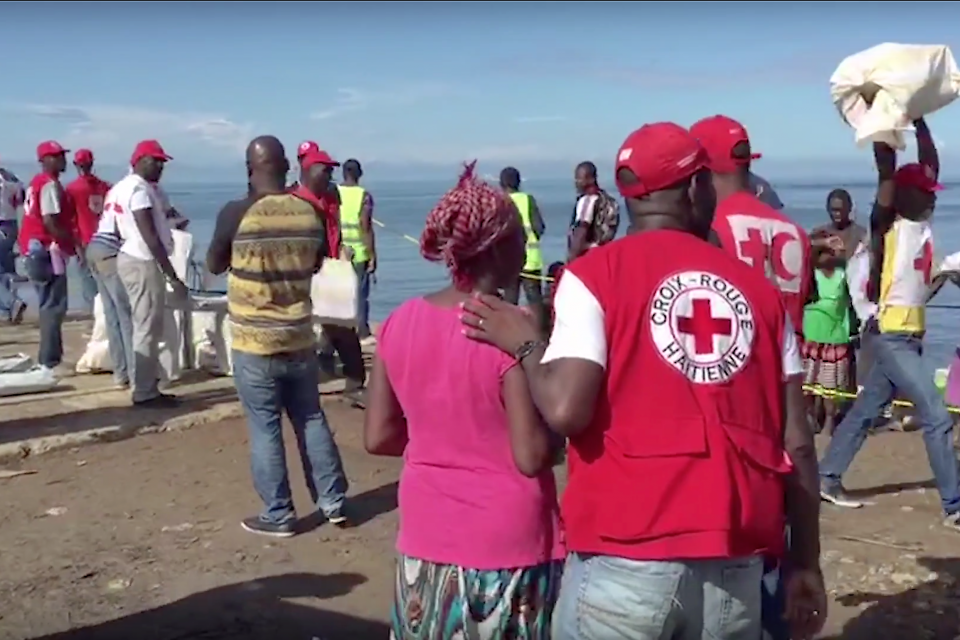A natural disaster has a significant impact on people’s lives.
Aid such as medicine, food and water are essential and scarce during times of need. However, the need for aid changes rapidly: refugees, victims and missing persons increasingly need technological help to communicate and find family members. Furthermore, relief organizations increasingly utilize technology to predict potential disasters, and provide targeted help where needed.
For the Red Cross, these technological developments increasingly provide positive contributions to the aid in humanitarian and natural disasters. Microsoft, in turn, helps to provide these solutions for effective and humane aid.
Digital meeting point
Wi-Fi, at first, may seem like an unusual request. However, rescuers are increasingly asking for it. An example where this happens is during a continuous flow of refugees, such as the ones coming from Syria. Upon arrival in shelters in Europe, refugees are relatively safe after a long and dangerous journey, but they still want to know how the rest of their family and friends, who they have lost contact with on their journey, are doing.
Especially in situations like these, technology like the internet is crucial, and refugees can contact their friends and family using their smartphones, to notify them they are safe. With the help of Skype, a mother or father can see their children again. This is also something where the Red Cross is making great progress.
Trace the Face
A concrete example of this development is Trace The Face, an initiative set up by the Red Cross. It’s a database in which refugees can search for their loved ones, who where lost in the chaos of their journey. This sensitive information is safely stored in the cloud, through which all the files can easily be shared worldwide instantly and where one can find direction in their search for loved ones.
The future of aid
Providing help is still a person’s job, but technology can increasingly support it. It would be amazing if in the future, disasters (however varied) could be more accurately predicted with the use of data. The Red Cross can then in turn develop a plan more pro-actively and effectively, and act as a supplier of data for other relief organizations. This provides hope for a future in which relief organizations have
This provides hope for a future in which relief organizations have optimal distribution of goods and relief workers, who are all brought to the right place at the right time.
This is just one example of how digital transformation can be essential for relief organizations such as the Red Cross. Using technology to transform and improve operations enables much-needed help to be given and communicated safely and more efficiently through the cloud.
In this way, they are able to focus on what they do best: helping people who need it the most.
To view the original article, please visit the Microsoft Netherlands blog post.




